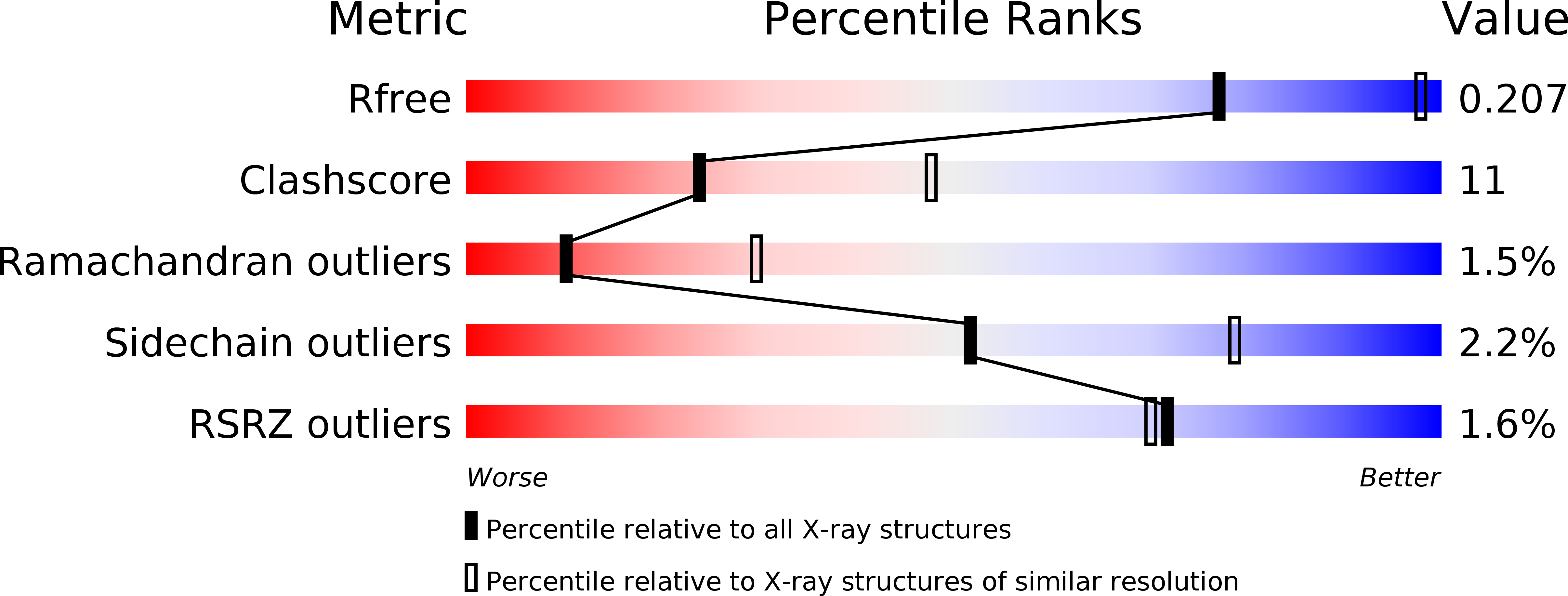
Deposition Date
2011-01-06
Release Date
2012-02-15
Last Version Date
2023-09-13
Method Details:
Experimental Method:
Resolution:
2.85 Å
R-Value Free:
0.27
R-Value Work:
0.20
R-Value Observed:
0.21
Space Group:
P 21 21 21


